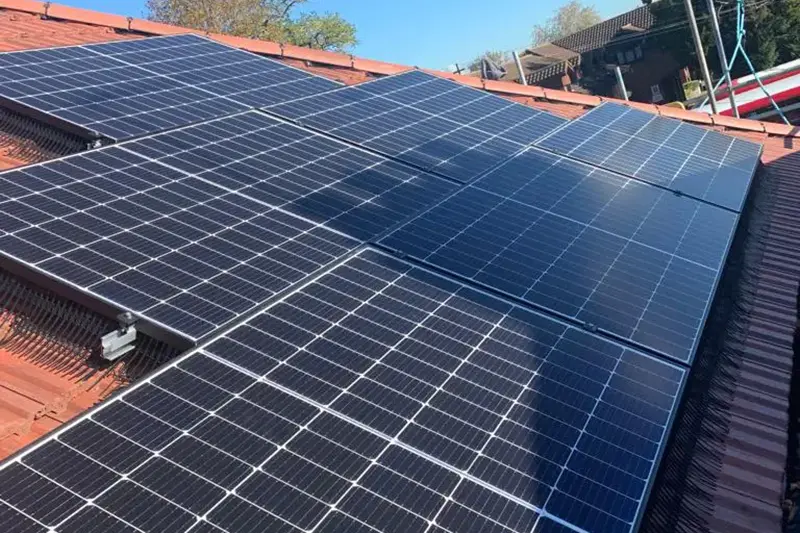Solar’s extraordinary forecast-defying growth, explained.
Every day, the sun’s rays send 173,000 terawatts of energy to Earth continuously, 10,000 times the amount used by all of humanity. Which is to say, the potential for solar energy is immense, and we’re nowhere near the limit.
That’s why solar energy is such an appealing prospect, particularly as an alternative to the fossil fuels that cause climate change. And over the past decade, solar energy technology has vastly improved in performance and plummeted in cost.
As a result, photovoltaic panels have cropped up like dandelions across fields and rooftops at a stunning pace. Yet even the people most plugged-in to the energy industry and most optimistic about solar power continue to underestimate it. In fact, it’s a long-running joke among energy nerds that forecasters keep predicting solar will level off as it continues to rocket up to the sun.
“Solar does continue to surprise us,” said Gregory Nemet, who wrote How Solar Energy Became Cheap, in an email. “It seems like it shouldn’t at this point. It’s been roughly 30 percent growth each year for 30 years. And costs continue to fall so new users — and new uses — continue to emerge.”
In the past year, solar power has experienced Brobdingnagian growth, even by solar standards. According to a new report from Ember, an energy think tank, the world is on track to install 29 percent more solar energy capacity this year — a total of 593 gigawatts — compared to last year, which was already a record year.
Read more: Vox






